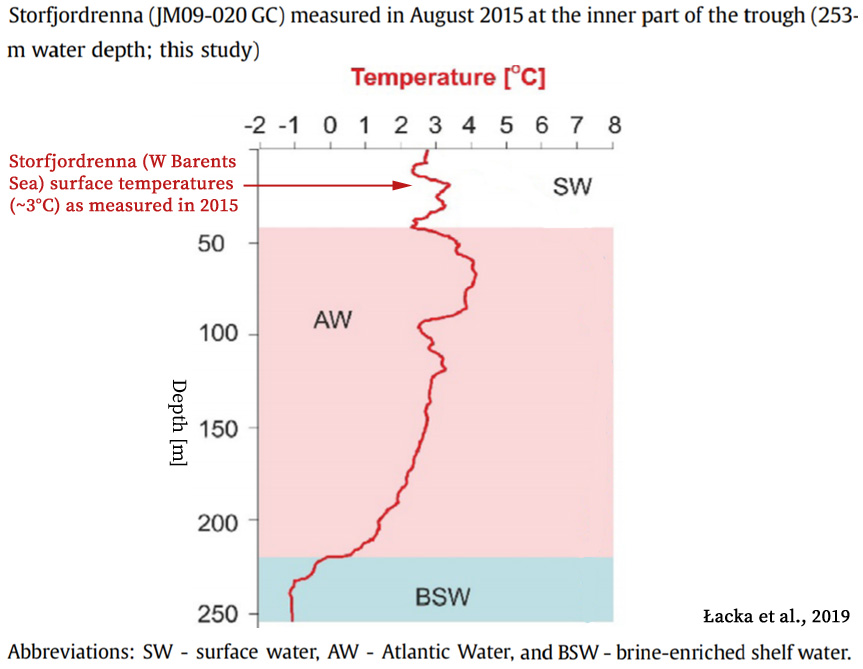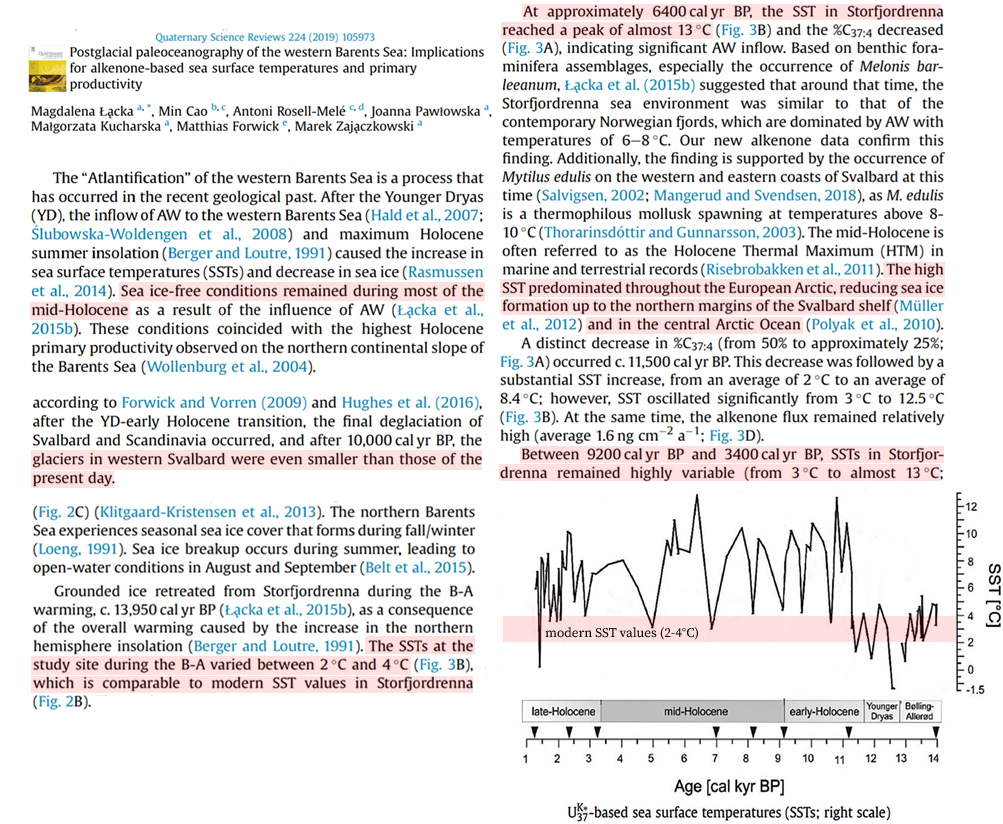- Joined
- Jan 25, 2012
- Messages
- 44,613
- Reaction score
- 14,469
- Location
- Texas
- Gender
- Male
- Political Leaning
- Conservative
That is a large IF, and is predicated on the idea that the way we will carry the energy is with batteries.What you say is true in today's world. However, if a large-scale move to electric cars occurs, it will bite into oil industry profit. And that concerns them.
The argument against that, is the electrical grid is not anywhere near prepared to handle the volume of energy
necessary to replace hydrocarbon fuels, whereas the infrastructure for hydrocarbon fuels is already in place, and paid for.
Retailing carbon neutral fuels made in existing refineries, and through existing fuel stations, would have the same
environmental effect, without the need to completely rebuild our infrastructure.


